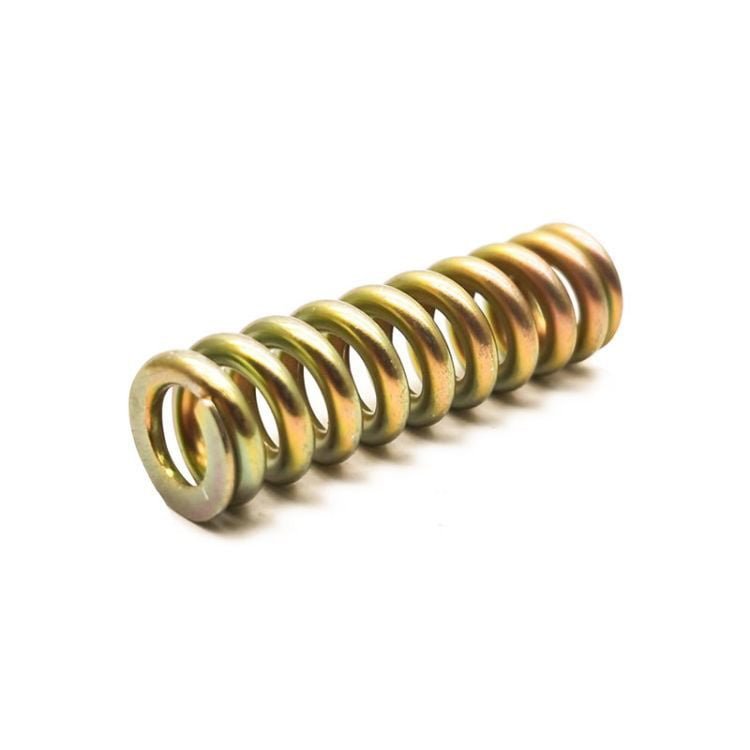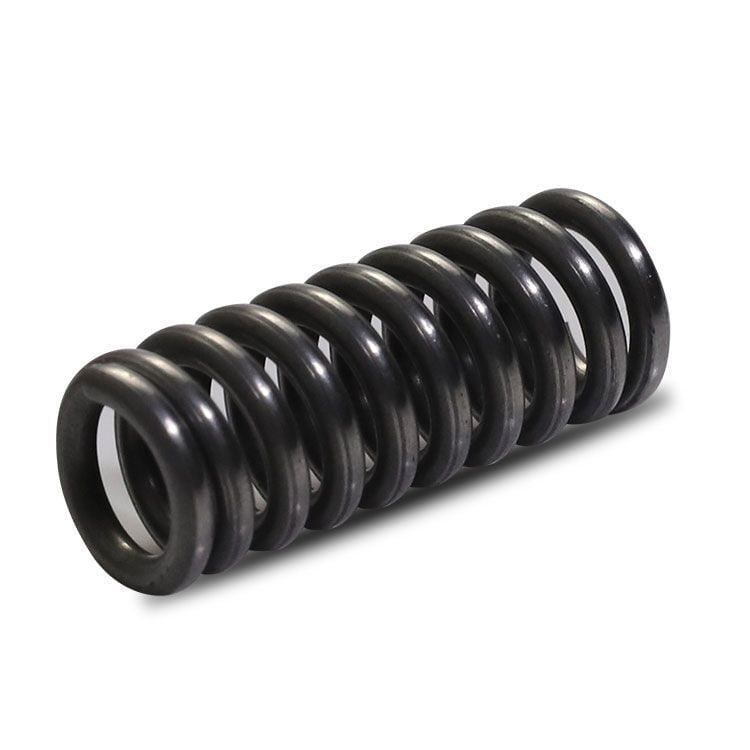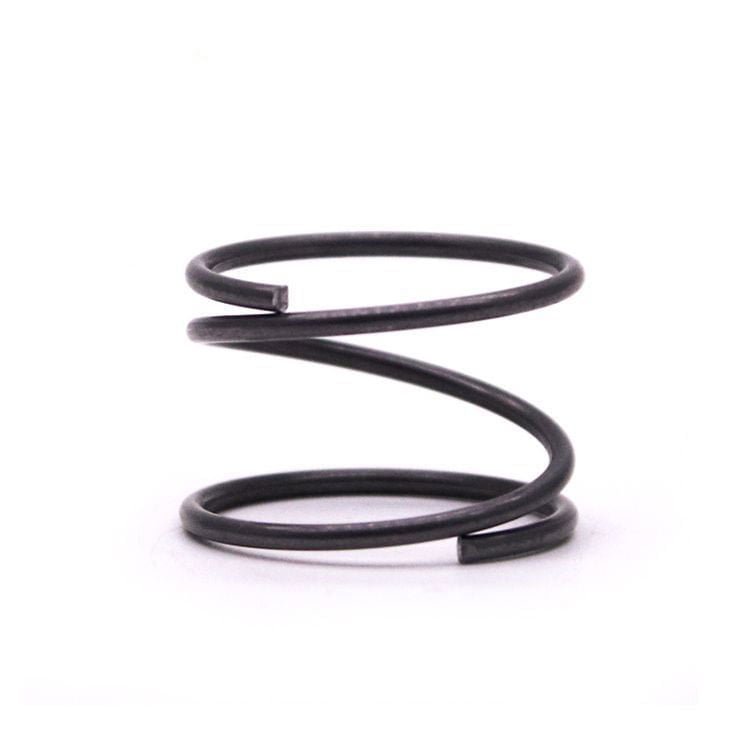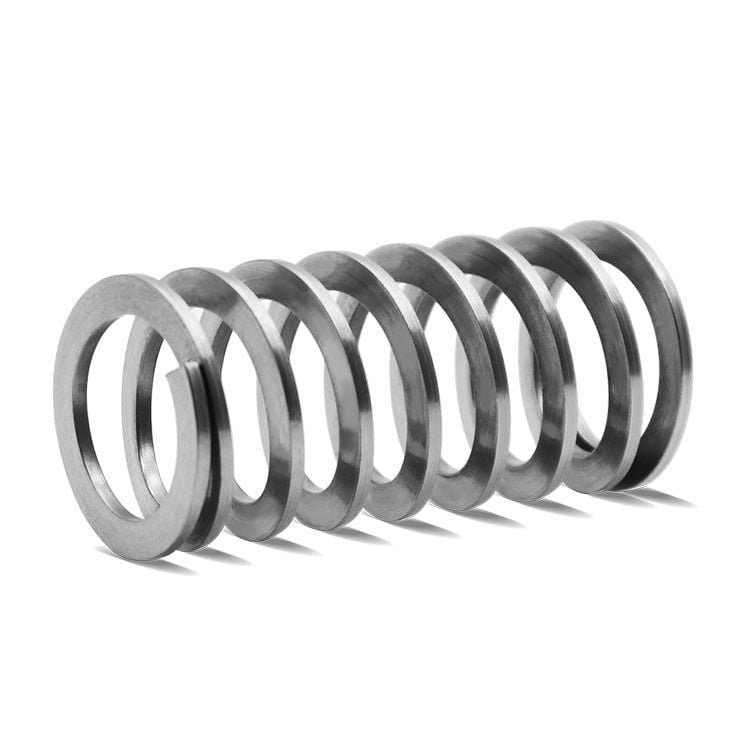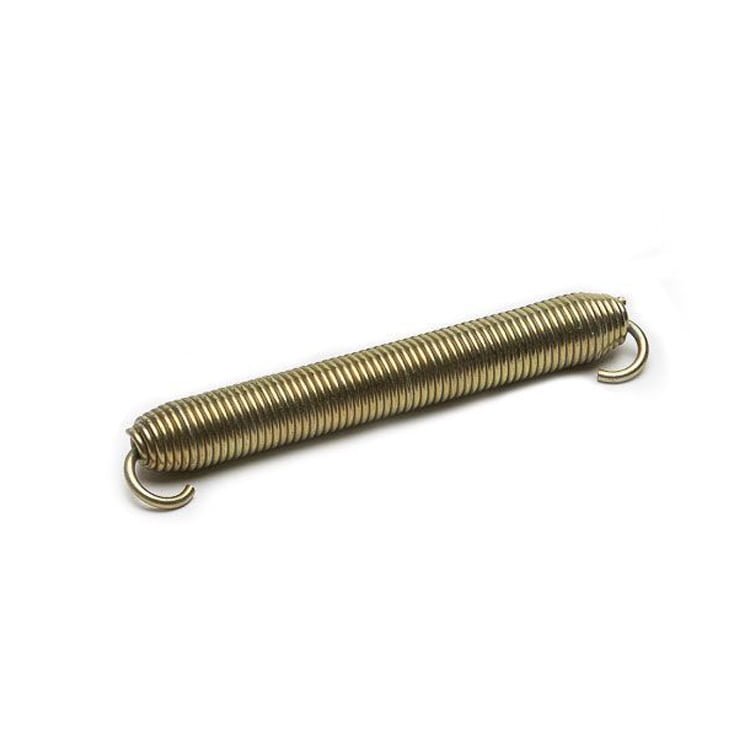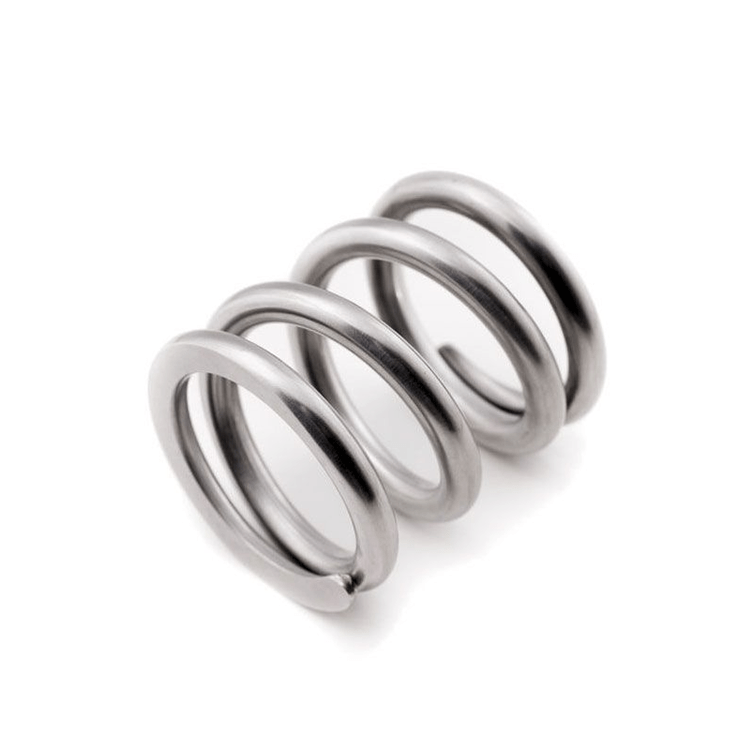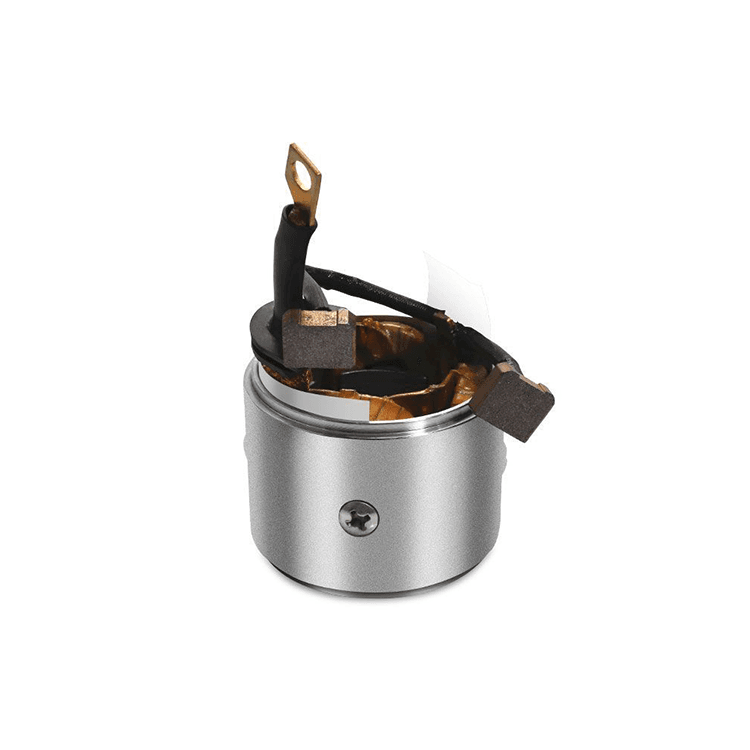Pressure Spring
Pressure spring is a kind of mechanical part that uses elasticity to work, and is widely used in machines and instruments.
Pressure spring features:
A pressure spring is a mechanical component that uses elastic deformation to store and release energy. Generally used spring steel support, this material has a high tensile strength, elastic limit and fatigue strength, suitable for use under impact, vibration or long-term cross-stress. By compressing or stretching the spring, it causes elastic deformation, thus producing elastic force. When external forces are applied to the spring, the spring stores energy; When the force is removed, the spring returns to its original shape and releases the stored energy.

specification parameter:
- Material diameter: The material diameter range of the pressure spring is relatively wide, and the diameter of the cold coil spring can range from 0.2mm to 8mm, while the diameter of the hot coil spring is larger, reaching tens of millimeters or even more.
- Outer diameter and inner diameter: According to the specific design needs, the outer diameter and inner diameter of the pressure spring will also be different.
- Number of turns: including the total number of turns and the number of support turns, these parameters determine the elastic characteristics and carrying capacity of the spring.
- Freedom height and compression height: height is the spring in height under external force, the compression height is when the spring is under compression force.
application scenarios:
- Auto industry: the pressure spring in car suspension system plays an important role, provide stable suspension force and cushion, reduce turbulence and vibration.
- In electronic products: electronic products, the pressure spring has been widely applied to various kinds of need elastic support or reset function of the parts.
- Other fields: In addition, the pressure spring is also widely used in mechanical equipment, instrumentation, aerospace and other fields, as an important component to control the movement of parts, mitigate impact or vibration, save energy and measure the size of the force.
Production and performance requirements:
- Material selection: Alloy spring steel is mainly made of silicon-manganese steel, and chromium, tungsten, vanadium and other alloying elements are added to improve performance. In recent years, new types of steel containing boron, niobium, molybdenum and other elements have been developed to extend the service life and improve the quality of the spring.
- Production process: The production process of pressure spring includes smelting, forging, rolling, heat treatment and other links. Among them, the chemical composition must be strictly controlled during smelting to ensure the quality of steel; Attention should be paid to decarbonization and surface quality during rolling. Heat treatment can improve the mechanical properties and stability of the spring.
- Performance requirements: The pressure spring needs to withstand a variety of complex stress effects during use, so it has higher requirements for its performance. In addition to the above tensile strength, elastic limit and fatigue strength, the spring is also required to have certain hardenability, not easy to decarbonize and good surface quality characteristics to ensure its long-term stable operation.
As an important mechanical component, pressure spring plays an indispensable role in various fields. With the progress of science and technology and the continuous improvement of the process, the performance and application range of the future pressure spring will continue to expand.
Address
140 meters north of the intersection of Xueyuan Road and Textile Road, Huixian County, Xinxiang City, China




